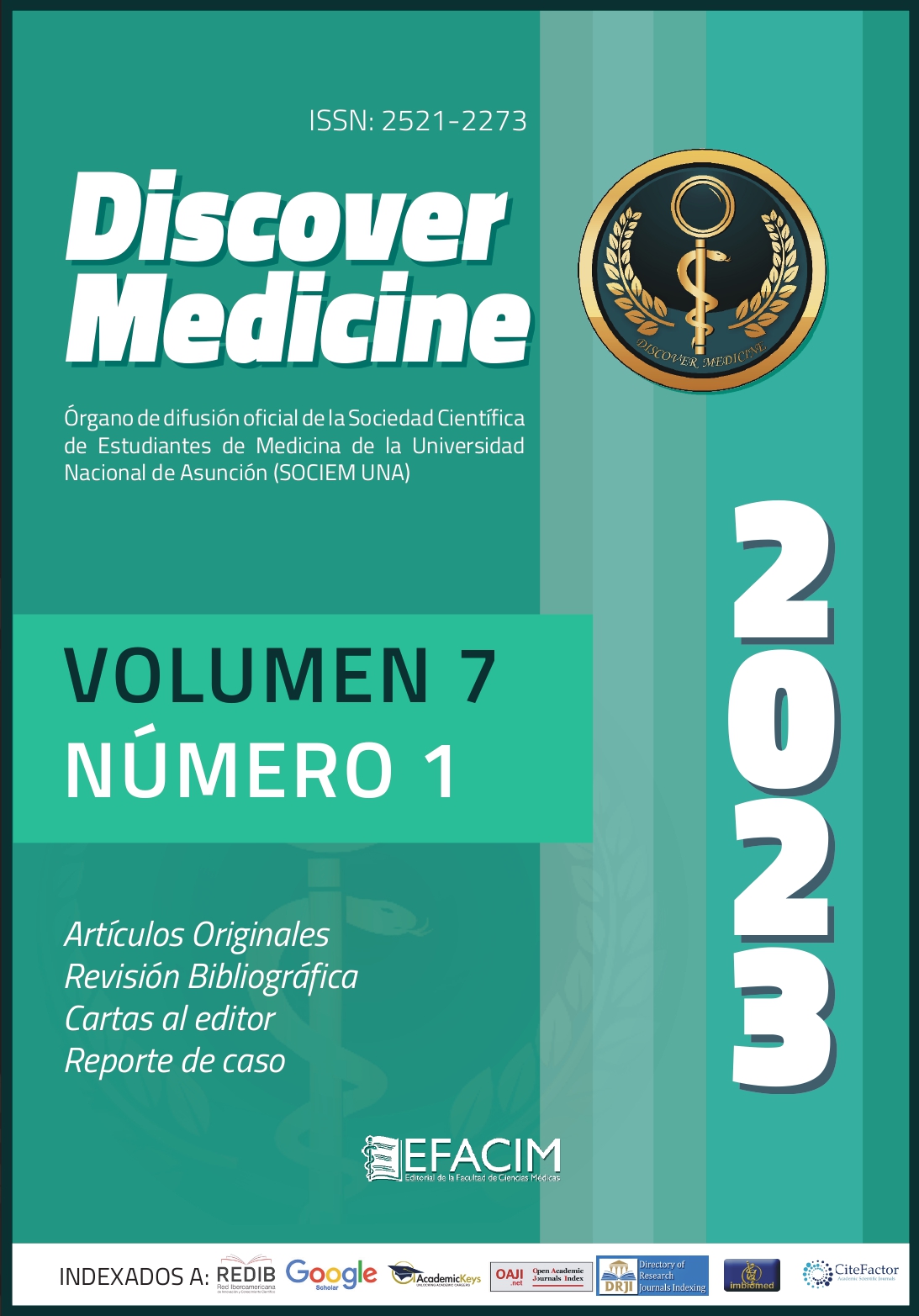Resumen
Esta revisión bibliográfica examina el impacto de las nuevas tecnologías en el manejo de la diabetes. El informe perfil de glucosa ambulatoria (AGP) agiliza la interpretación de datos de monitoreo continuo de glucosa (CGM), facilitando la toma de decisiones médicas. El sistema 670G muestra una experiencia positiva general, aunque la transición a la gestión del dispositivo puede generar desafíos. Los algoritmos de reconocimiento de patrones automatizados, como se observa en el estudio de Jensen et al., ayudan a detectar eventos hipoglucémicos no reconocidos, mejorando el control glucémico. Los sensores inteligentes, según Facchinetti et al., incrementan la precisión del CGM y la generación de alertas anticipadas, aunque se deben abordar las falsas alertas. La asequibilidad es un tema abordado por Elbalshy et al., donde tecnologías de terceros como MiaoMiao brindan opciones más asequibles. Los análisis de costo-efectividad en los estudios de Wan y Szadkowska et al. resaltan la importancia de considerar los costos y beneficios al elegir terapias. La discusión subraya la necesidad de una evaluación individualizada, considerando la calidad de vida, características del paciente y las preferencias al seleccionar tecnologías de manejo de la diabetes.
Citas
Boles A, Kandimalla R, Reddy PH. Dynamics of diabetes and obesity: Epidemiological perspective. Biochim Biophys Acta BBA - Mol Basis Dis. 1 de mayo de 2017;1863(5):1026-36.
Chung WK, Erion K, Florez JC, Hattersley AT, Hivert MF, Lee CG, et al. Precision Medicine in Diabetes: A Consensus Report From the American Diabetes Association (ADA) and the European Association for the Study of Diabetes (EASD). Diabetes Care. 11 de junio de 2020;43(7):1617-35.
Sun H, Saeedi P, Karuranga S, Pinkepank M, Ogurtsova K, Duncan BB, et al. IDF Diabetes Atlas: Global, regional and country-level diabetes prevalence estimates for 2021 and projections for 2045. Diabetes Res Clin Pract. 1 de enero de 2022;183:109119.
Dickens LT, Thomas CC. Updates in Gestational Diabetes Prevalence, Treatment, and Health Policy. Curr Diab Rep. 9 de mayo de 2019;19(6):33.
Avilés-Santa ML, Monroig-Rivera A, Soto-Soto A, Lindberg NM. Current State of Diabetes Mellitus Prevalence, Awareness, Treatment, and Control in Latin America: Challenges and Innovative Solutions to Improve Health Outcomes Across the Continent. Curr Diab Rep. 10 de octubre de 2020;20(11):62.
Ovelar HL, Izcurdia C, Quiñonez L, Bejarano R, González S, Paredes B, et al. Caracterización de pacientes con pie diabético en el servicio de urgencias del Hospital de Clínicas, Paraguay. Periodo 2015-2016. Rev Científica Cienc Salud. junio de 2021;3(1):63-70.
Gabetta J, Amarilla A, Rivelli R, Guillén G, Cantero Estigarribia L, Chaparro Báez JA, et al. Control glucémico de pacientes diabéticos en dos Unidades de Salud Familiar, Paraguay, 2018. Estudio piloto. Rev Virtual Soc Paraguaya Med Interna. marzo de 2019;6(1):21-30.
Centurión GO, Echeverría AM, Méreles MAB, Esteche RM, González RMZ. Caracterización clínica de la diabetes gestacional en un hospital materno infantil de Asunción, Paraguay. Ginecol Obstet Rev Of Fed Paraguaya Ginecol Obstet. 31 de mayo de 2023;36-44.
Johnson ML, Martens TW, Criego AB, Carlson AL, Simonson GD, Bergenstal RM. Utilizing the Ambulatory Glucose Profile to Standardize and Implement Continuous Glucose Monitoring in Clinical Practice. Diabetes Technol Ther. junio de 2019;21(S2):S2-17.
Aleppo G, Webb KM. Integrated Insulin Pump and Continuous Glucose Monitoring Technology in Diabetes Care Today: A Perspective of Real-Life Experience With the MinimedTM 670G Hybrid Closed-Loop System. Endocr Pract. 1 de julio de 2018;24(7):684-92.
Prahalad P, Yang J, Scheinker D, Desai M, Hood K, Maahs DM. Hemoglobin A1c Trajectory in Pediatric Patients with Newly Diagnosed Type 1 Diabetes. Diabetes Technol Ther. agosto de 2019;21(8):456-61.
Facchinetti A, Sparacino G, Cobelli C. Signal Processing Algorithms Implementing the “Smart Sensor” Concept to Improve Continuous Glucose Monitoring in Diabetes. J Diabetes Sci Technol. 1 de septiembre de 2013;7(5):1308-18.
Elbalshy M, Boucher S, Galland B, Haszard JJ, Crocket H, Wiltshire E, et al. The MiaoMiao study: can do-it-yourself continuous glucose monitoring technology improve fear of hypoglycaemia in parents of children affected by type 1 diabetes? J Diabetes Metab Disord. 1 de diciembre de 2020;19(2):1647-58.
Wan W, Skandari MR, Minc A, Nathan AG, Zarei P, Winn AN, et al. Cost-effectiveness of Initiating an Insulin Pump in T1D Adults Using Continuous Glucose Monitoring Compared with Multiple Daily Insulin Injections: The DIAMOND Randomized Trial. Med Decis Making. 1 de noviembre de 2018;38(8):942-53.
Szadkowska A, Baranowska-Jaźwiecka A, Michalak A, Jarosz-Chobot P, Myśliwiec M, Głowińska-Olszewska B, et al. Above 40% of Polish children and young adults with type 1 diabetes achieve international HbA1c target - results of a nationwide cross-sectional evaluation of glycemic control: The PolPeDiab HbA1c study. Pediatr Diabetes. 2021;22(7):1003-13.
Prahalad P, Schwandt A, Besançon S, Mohan M, Obermannova B, Kershaw M, et al. Hemoglobin A1c trajectories in the first 18 months after diabetes diagnosis in the SWEET diabetes registry. Pediatr Diabetes. 2022;23(2):228-36.

Esta obra está bajo una licencia internacional Creative Commons Atribución-NoComercial-SinDerivadas 4.0.
Derechos de autor 2023 Patricia Lorena Martínez López
